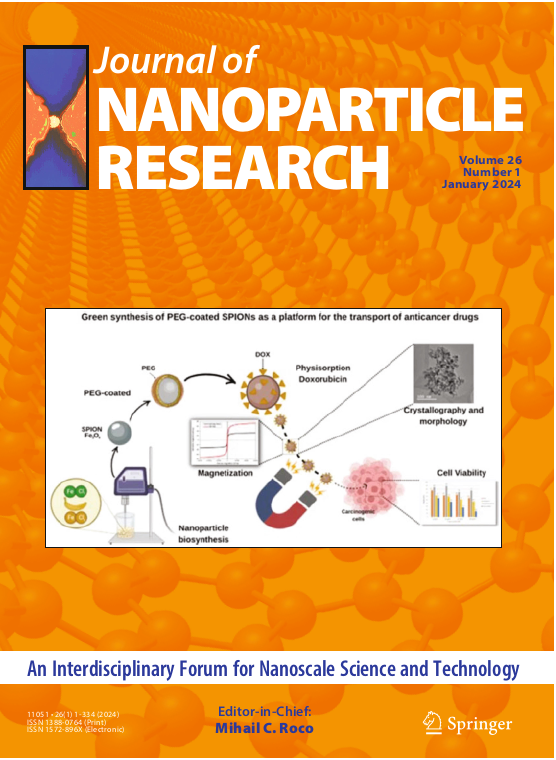Instant nanocapsule formulation based on self-assembly of alginate with quaternary ammonium to improve the encapsulation efficiency, photostability, and insecticidal activity of emamectin benzoate
Abstract
Nanocapsule was obtained by self-assembling of sodium alginate (SA) with cetyl trimethyl ammonium bromide (CTAB) and Tween 80 in a coarse dispersion of butyl acetate and turned out to be a good carrier of emamectin benzoate (EB). The nanocapsule exhibited better storing stability, anti-photolysis property, foliar wettability, and retention, as compared to the conventional concentrated emulsion of EB (EB-EC). Incorporation into the nanocapsule retarded the release of EB, which was pH-sensitive and dependent on the structure of the nanocapsule. A better sustaining effect could be achieved by an increase of SA or a reduction of CTAB and in a basic environment, due to the enhanced interaction between the active ingredient and the shell matrix of the nanocapsule. The incorporation into the nanocapsule greatly increased the activity of EB. The median lethal concentration of typical positively charged nanocapsule EB@SA0.1CTAB0.4Tw0.2 against Mythimna separata larvae was 48% of that of commercial EB-EC, after feeding to the insect for 48 h. The result indicated that the self-assembling of SA and CTAB was a good strategy to fabricate instant nanoformulation under mild conditions and with high efficiency and low cost, which was valuable to prompt nanopesticides from laboratory investigation to field application.

 求助内容:
求助内容: 应助结果提醒方式:
应助结果提醒方式:


